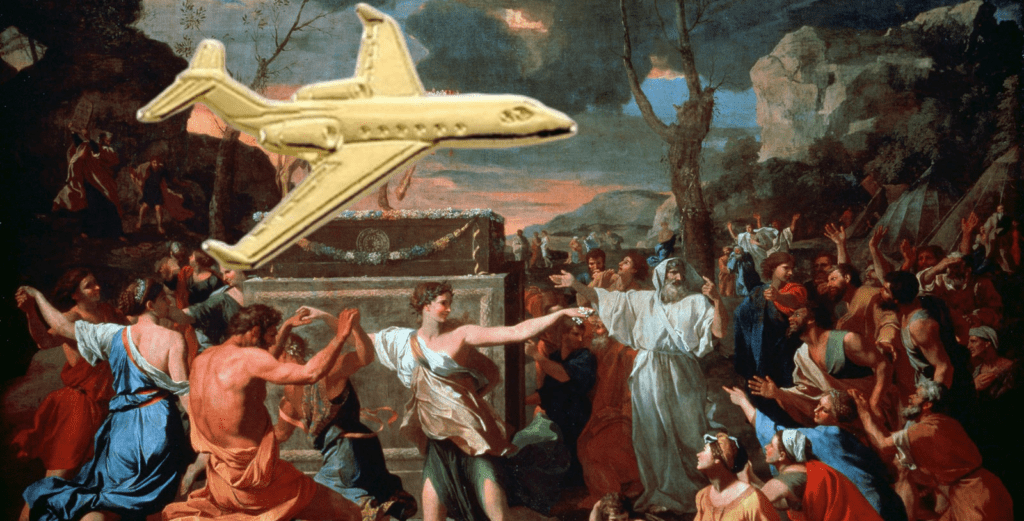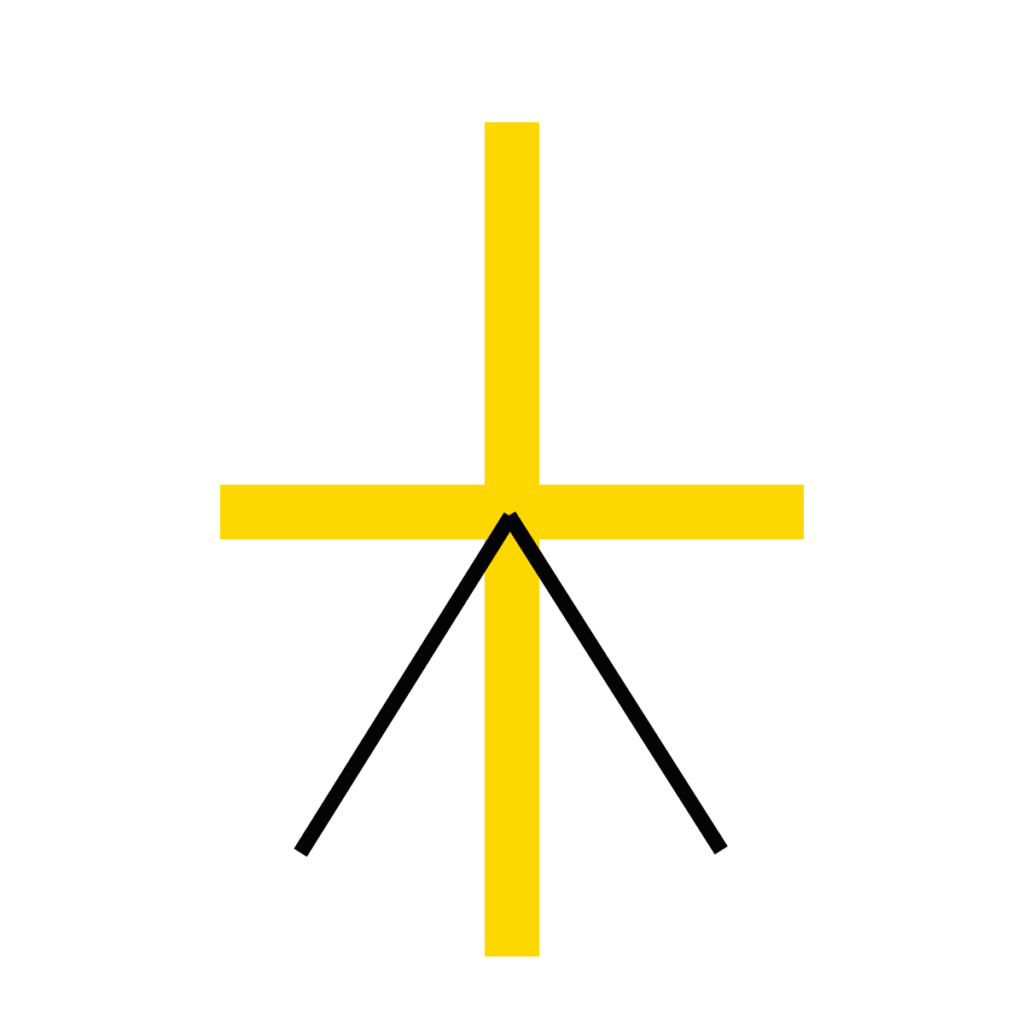Mapping the Enneagram on Stations of the Cross
I am using and adapting the notion of stations of the cross to discuss and illustrate a method of using prayer and meditation to explore the enneagrams of virtues and holy ideas.
(Disclaimer: I am not, nor have I ever been a practicing Christian – in this lifetime.)
To begin, let’s first discuss this diagram of the enneagram:

The enneagram and its three components above are simply two-dimensional representations of a metaphysical, multidimensional dynamic process or law of manifestation and evolution. We are looking at it and discussing it from one visual view point. If you look at the triangle from any of its points from a perpendicular perspective, you see a straight line. The same is true of the hexagon and circle.
If you can see it with inner vision, it is like something out of Dr. Strange, though the computer generated graphics can’t capture the interdimensional aspects of it. It’s the same issue between classical physics and quantum physics.
The cross, as a religious or metaphysical symbol, predates Christianity. It is often used to symbolize the intersection of the horizontal plane with the vertical plane. This is how I am using it in this article with the intersection representing the heart, the horizontal as the physical plane and the vertical as the spiritual dimension.
Before I get into the prayer/meditation segment, let’s talk about prayer in general.
The Alchemy of Metaphysical Prayer
The world of the ego, the false self, is a world of deficiency and psychological/emotional need. Prayer from the false self most often originates from deficiency and need. It is usually oriented around “give me” like a child asking a parent for something.
You don’t have to go any further than your nearest televangelist TV station to see this on display in neon. Those events remind me of what Moses saw when he came down off Mt. Sinai with the ten commandments – televangelists worshipping a golden jet.
Prayer is a relatively young word in the lexicon of metaphysics, religion and spirituality showing up around 1300 and generally meaning to entreat, ask for, beg.
The following points to a more spiritual transformative understanding of prayer’s intention:
The ultimate goal of prayer is to help train a person to focus on divinity through philosophy and intellectual contemplation. The word “prayer” is a derivative of the Latin “precari”, which means “to beg”. The Hebrew equivalent “tefilah”, however, along with its root “pelel” or its reflexive “l’hitpallel”, means the act of self-analysis or self-evaluation. This approach is sometimes described as the person praying having a dialogue or conversation with God.
The origins of contemplation: to mark out a space for observation.
My relationship with, understanding of, and practice of prayer is one that reflects the relationship between ignorance and revelation. It is an entreaty from an open heart (the prayer space) for the truth. It is a longing to consciously be in Divine Presence. For me, prayer is often a contemplation from a specific orientation to deepen my understanding of self and reality (God).
Here are four books that have influenced my relationship with prayer in the Christian sense of it:
- The Practice of the Presence of God by Brother Lawrence
- Prayers of the Cosmos: Reflections on the Original Meaning of Jesus’ Words by Neil Douglas-Klotz
- Dark Night of the Soul: A Masterpiece in the Literature of Mysticism by St. John of the Cross by E. Allison Peers
- Desert Wisdom: Sacred Middle Eastern Writings from the Goddess Through the Sufis by Neil Douglas-Klotz
A Path of Alchemical Understanding
The Diamond Approach, which I teach and study, is a path of alchemical understanding. It took me most of a lifetime to realize, we can’t change. I mean this in the deepest spiritual sense possible as it relates to who and what we think we are.
“The self,” who/what we live our lives taking ourselves to be, cannot change itself, it can not enlighten itself. None of its actions, thoughts or feelings awaken it. But, in some sense, we can be changed.
This changing is really nothing more than ideas we have evaporating – the rending of the veils. We can consciously participate in this alchemical process of understanding by attending to our present experience – peering into mystic.
It is in this vein that the following prayers/contemplations are offered.
Each contemplation is performed from the center of the cross, the heart. The contemplations are simply experiential openness and curiosity of the dynamic that exists between left-right juxtaposed enneagram points.
As an example, the illustration above reflects a contemplation between the dynamism of love (9), omniscience (5) and origin (4) of the enneagram of holy ideas or right action (9), non-attachment (5) and equanimity (4) of the enneagram of virtues.
You will need copies of Facets of Unity and The Enneagram of Passions and Virtues to do these prayers.
Let’s use the example above for holy ideas.
If I open Facets of Unity to point nine, I find three subtopics addressing the overall sense of love: The Heart of Truth, Nonconceptual Positivity and Absolute Goodness. I’m using the subtopics that speak to the sense of the holy idea, not the issues associated with it.
I only need to read the first paragraph under the subtopics to get the felt sense of point 9 at the intersection on the cross, where I am praying/contemplating from.
For point 5, the subtopics needed are: Unity in Multiplicity and Eyes of the Universe. Again, I just read the first paragraph to get a sense of extending into that realm from the heart.
I repeat this for point 4: Inseparability from the Source and Levels of Source. Reading the paragraphs, I get the sense of the heart extending into that realm.
The contemplation is merely holding all three in awareness at once, not as concepts but as points of dynamism interacting with each other – a dancing if you will.
So, in this example I’m feeling into the dynamism of positivity/goodness dancing with unity/multiplicity and source. The heart is the fulcrum the extensions can be felt as the arms or legs. You can move and dance as part of the contemplation.
The point is to feel the affect, the influence on who/what you usually take yourself to be. You’re not trying to accomplish anything, your not trying to get anywhere – you’re playing in the lap of reality – practicing presence, playing hide and seek with what you really are.










